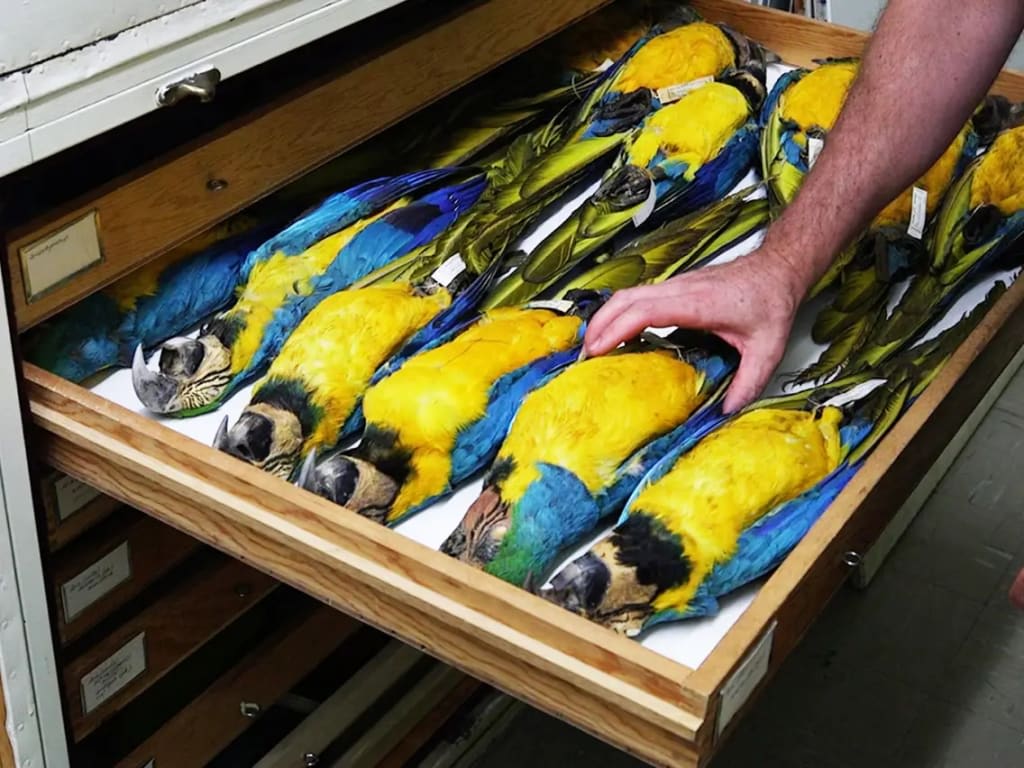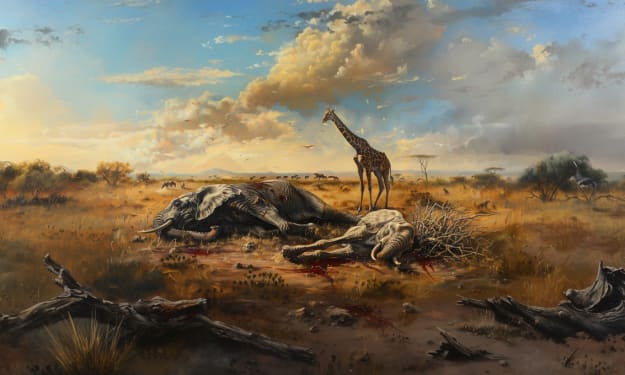Why over 600,000 bird specimens are preserved at the smithsonian?
Birds Specimen Preservation

The Smithsonian Institution, a venerable bastion of knowledge and exploration, houses an extraordinary assortment of over 600,000 bird specimens, a testament to the dedication of countless scientists and researchers. This remarkable collection represents a diverse array of avian species from every corner of the globe. The question arises: why does the Smithsonian invest such immense efforts in curating and preserving these delicate creatures? To fully grasp the significance of this awe-inspiring collection, we must delve into the multifaceted purposes behind its creation and understand how it has profoundly impacted our understanding of avian biology, biodiversity, evolution, and conservation.
1. Advancing Scientific Knowledge: A Window into Avian Anatomy and Behavior
The primary reason for accumulating this vast collection of bird specimens lies in its intrinsic value for scientific research. Ornithologists and biologists alike can delve into these meticulously preserved birds to gain invaluable insights into various aspects of avian biology, behavior, and morphology. From studying plumage patterns to investigating the structure of bones and internal organs, these specimens serve as a gateway to understanding the intricacies of avian anatomy.
Additionally, preserved bird specimens provide an opportunity to study the behavior and social interactions of different species. By examining the positioning of wings and tail feathers or the size and shape of beaks, researchers can glean essential clues about a bird's lifestyle, feeding habits, and preferred habitats.
2. Unraveling the Tapestry of Biodiversity: A Catalog of Life
The world of birds represents a spectacular tapestry of biodiversity, and the Smithsonian's extensive collection plays a pivotal role in unraveling its threads. From tiny hummingbirds to majestic raptors, every specimen is a testament to the diverse adaptations that have evolved over millennia. Through meticulous cataloging and observation, researchers gain a deeper understanding of the interconnections between avian species and their ecosystems.
Moreover, the collection serves as a living record of the historical distribution of various bird populations, allowing scientists to trace shifts in ranges and identify potential factors contributing to these changes.
3. A Window into Evolutionary Processes: The Fossilized Key to the Past
The Smithsonian's trove of bird specimens includes not only modern representatives but also ancient relics, providing researchers with a window into the past. Fossilized bird specimens help reconstruct the evolutionary history of avian life, illuminating the branching paths that led to the remarkable diversity of birds we see today.
By comparing the anatomical features of extinct species with their living counterparts, paleontologists and evolutionary biologists can discern the adaptations that allowed certain lineages to thrive while others faded into the annals of history.
4. Sentinels of Environmental Health: The Canary in the Coal Mine
Birds are known as excellent indicators of environmental health due to their sensitivity to changes in their habitats. The Smithsonian's extensive collection, spanning over a century, provides an unparalleled opportunity to study the impact of environmental changes on avian populations.
By analyzing historical specimens alongside contemporary ones, scientists can identify trends in population dynamics, migratory patterns, and overall health. This information proves invaluable in monitoring the effects of human activities such as deforestation, pollution, and climate change on bird populations.
5. A Symphony of Conservation: Protecting Precious Avian Habitats
Preserving bird specimens is not solely an academic endeavor; it plays a vital role in conservation efforts. By understanding the distribution, abundance, and ecological roles of various bird species, conservationists can develop targeted strategies to protect their habitats and ensure the survival of threatened populations.
The insights gleaned from the Smithsonian's collection enable evidence-based conservation decisions, empowering governments and organizations to take the necessary steps to safeguard ecosystems, halt species decline, and foster the recovery of endangered avian populations.
6. Inspiring Connection with Nature: Education and Outreach
The Smithsonian's vast collection of bird specimens is not just confined to the scientific community; it serves as an essential educational resource for the public as well. The institution employs these preserved wonders to engage visitors of all ages, fostering an appreciation for nature and wildlife.
Through exhibits, educational programs, and outreach initiatives, the Smithsonian invites the public to marvel at the beauty and diversity of avian life. By igniting a sense of wonder and understanding, the collection plays a pivotal role in cultivating a collective responsibility to protect our natural heritage.
Conclusion:
The Smithsonian's collection of over 600,000 preserved bird specimens represents a tribute to our fascination with the natural world and our quest for knowledge. This remarkable trove of avian wonders not only advances scientific research but also provides a deeper understanding of biodiversity, evolution, and the challenges faced by the avian world.
As we stand at the crossroads of environmental challenges, the Smithsonian's bird specimens serve as a beacon of hope, inspiring us to take a proactive role in conserving our precious natural heritage. By preserving these delicate creatures, we honor the legacy of scientific exploration and nurture a profound connection with the diverse and magnificent world of birds. Let us cherish this feathered legacy and continue our journey to protect and preserve the avian wonders that grace our skies.
About the Creator
Md Abu Bakar Siddique Fuad
I am Fuad from Bangladesh. I am a third year bachelor student at University of Chittagong. I love to travel, reading books and writing. I would love to connect with you in Facebook.
My profile https://www.facebook.com/fuad.hassan.7739
Enjoyed the story? Support the Creator.
Subscribe for free to receive all their stories in your feed. You could also pledge your support or give them a one-off tip, letting them know you appreciate their work.






Comments
There are no comments for this story
Be the first to respond and start the conversation.